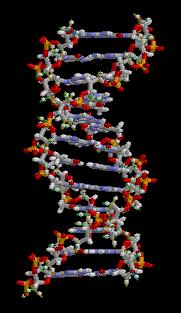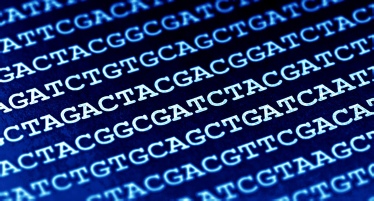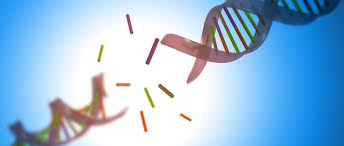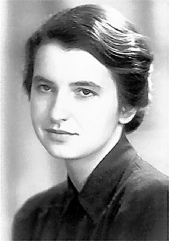








Don’t Not Ask about . . . . . . DNA -
29 aug 2016

So what's DNA?
Deoxyribonucleic acid -
DNA stores biological information, is stored in every cell of the body, and has the following functions:
1. It is the genetic material that is passed from one generation to the next
2. It is the coded information that tells cells how to make proteins.


The double helix structure was discovered by Crick and Watson in Cambridge in 1953, earning them the Nobel prize. They were able to do this because Rosalind Franklin, working in King's College, London, had produced Xray diffraction data which gave Crick and Watson the information they needed. Watson later accepted that Franklin should also have received the Nobel prize but didn't, as this prize isn't awarded posthumously.

DNA’s chemical components are a phosphate, a sugar called deoxyribose, and four nitrogenous bases -
The structure took some time to be accepted generally, but gradually the existence of DNA, and the eventual ability to measure and characterise it, was to become useful in many spheres of human activity.



DNA can be damaged, for example, by high energy radiation such as ultraviolet light and Xrays. Most dangerous are breaks to the double strand. Damage may lead to cancer and contribute to ageing. Some mutations can be beneficial and are instrumental in the process of evolution where any mutations not up to scratch don't survive, but good ones improve the species and are carried down through the generations.


One of the most well known applications is in the identification of individuals. Anna Anderson once declared that she was the Grand Duchess Anastasia, the only survivor of the Russian royal family. DNA analysis proved that she wasn't related.
Serial killer Timothy Spencer was the first US man to be sentenced to death using DNA evidence. Consequently, and importantly, David Vasquez who was wrongly convicted of Spencer's crimes, was cleared.

So how is DNA analysed?
